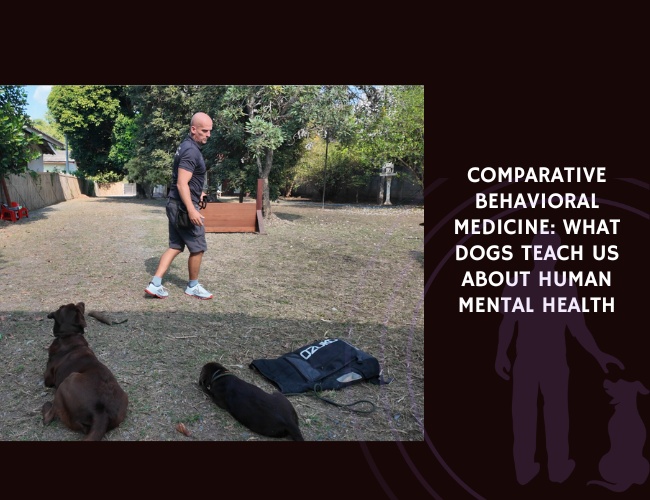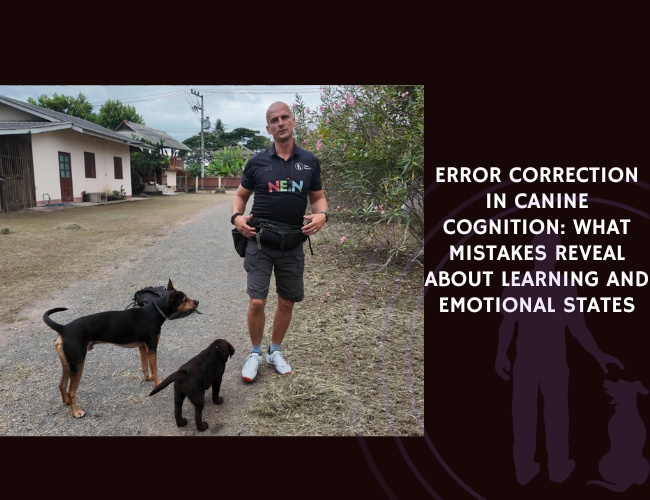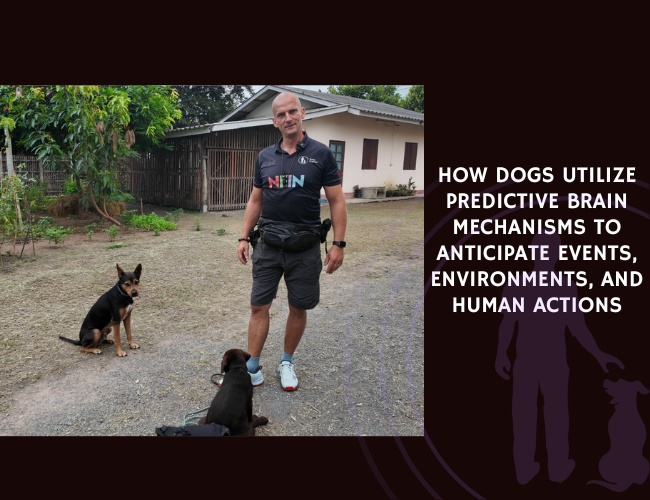In an important new study published in Human-Animal Interactions, researchers explored how service dogs (SDs) support Canadian military Veterans who are considered high-risk for suicide. The secondary analysis used thematic coding on 28 Veteran transcripts from a 2020 exploratory study. The goal: to understand how SDs may help reduce suicidality.
The findings reveal a powerful truth—SDs are not just companions. They serve as a unique form of social support that human relationships often cannot replicate. Through affective coding, researchers identified that SDs significantly reduced feelings of loneliness, hopelessness, PTSD symptoms, depression, and substance use concerns—all of which are commonly tied to suicidality.
Veterans consistently described their SDs as “a bridge to life”—helping them re-engage with daily activities, improve quality of life, and even reduce self-harming thoughts. Unlike emotional support animals, SDs were noted to provide a structured, responsive presence that Veterans relied on during distress. The study emphasized that SDs offered a kind of emotional regulation and stability that was distinct from, and often more effective than, human-only interventions.
This research arrives at a critical time. Suicide among Veterans remains a major public health concern, with PTSD and substance use as major contributing factors. By identifying the human-animal bond (HAB) as a potential suicide prevention strategy, this study adds to the growing evidence that SDs should be considered more widely as part of Veteran care models.
The researchers, led by Alexandria Pavelich, Colleen Dell, and Piet de Groot, urge further investigation to deepen understanding of the SD’s role. Their work challenges the healthcare system to recognize non-traditional, relational interventions in supporting those living with suicidal ideation.
Source: Pavelich, A., Dell, C., & Groot, P. D. (2024). Exploring the role of service dogs for Canadian military Veterans experiencing suicidality. Human-Animal Interactions. Published May 6, 2024. https://doi.org/10.1079/hai.2024.0009










